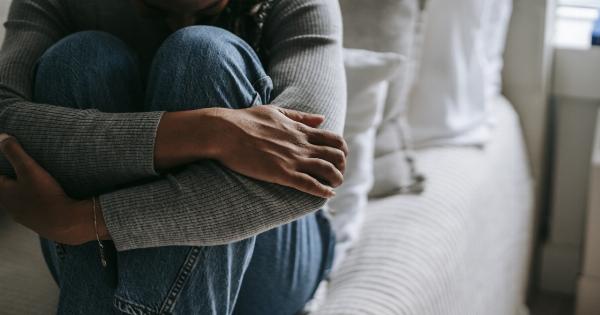Dermal deterioration refers to the progressive breakdown of the skin’s structure and function over time.
This natural aging process can be influenced by various internal and external factors, and its initial symptoms are often subtle and easily overlooked. Recognizing these early signs is crucial for implementing preventive measures and seeking appropriate treatments. In this article, we explore the common initial symptoms of dermal deterioration and discuss how they can be effectively managed.
1. Dryness and Tightness
One of the first signs of dermal deterioration is a feeling of dryness and tightness in the skin. As we age, the skin produces fewer natural oils, leading to increased moisture loss and decreased hydration.
This can result in skin that feels rough, flaky, or tight, particularly after cleansing or exposure to harsh environmental conditions.
2. Fine Lines and Wrinkles
Fine lines and wrinkles are another early indication of dermal deterioration. These are primarily caused by a decrease in the production of collagen and elastin, which are essential proteins for maintaining the skin’s elasticity and strength.
Over time, the skin becomes less able to bounce back from repetitive facial movements and starts to develop permanent lines and wrinkles.
3. Uneven Skin Tone
Aging skin often exhibits signs of uneven pigmentation and a dull complexion. Sun damage, inflammation, and decreased cell turnover can contribute to the development of dark spots, age spots, and an overall lack of radiance.
Uneven skin tone may also be exacerbated by the presence of broken blood vessels, which become more visible with age.
4. Increased Sensitivity
Dermal deterioration can lead to heightened skin sensitivity, making it more prone to irritation and redness.
As the skin’s barrier function weakens, it becomes less effective in protecting against external aggressors, such as environmental pollutants or harsh skincare products. This can result in an increased response to these triggers, leading to discomfort and inflammation.
5. Loss of Firmness
The loss of firmness and sagging skin are progressive symptoms of dermal deterioration. Over time, the skin’s underlying support structure weakens, causing a decline in collagen and elastin production.
As a result, the skin loses its ability to stay taut, leading to drooping or sagging in various areas of the face and body.
6. Increased Visibility of Blood Vessels
With dermal deterioration, the blood vessels that supply our skin become more visible. This can manifest as spider veins or broken capillaries, particularly on the cheeks, nose, and chin.
The thinning skin associated with aging allows these vessels to be more easily seen, contributing to an overall aged appearance.
7. Loss of Volume
As we age, the subcutaneous fat layer beneath the skin diminishes, resulting in a loss of volume. This leads to a hollowed or sunken appearance in certain areas, particularly the cheeks and temples.
The decrease in volume can also accentuate the appearance of wrinkles and contribute to an overall deflated look.
8. Pore Enlargement
Another common symptom of dermal deterioration is the enlargement of pores. As the skin ages, it loses its ability to produce sufficient amounts of collagen and elastin, which are essential for maintaining pore elasticity.
This can lead to pores becoming more visible, particularly in areas prone to excess oil production, such as the T-zone.
9. Reduced Resilience to Injuries
Aging skin becomes more fragile and less resilient to injuries, such as cuts, scrapes, or bruising. This is due to the thinning of the skin’s outermost layer, the epidermis, as well as the decreased production of collagen and elastin.
The diminished resilience of the skin can lead to delayed wound healing and an increased susceptibility to skin infections.
10. Diminished Overall Skin Quality
As dermal deterioration progresses, the overall quality of the skin diminishes. It loses its natural glow, becomes thinner, and feels less supple.
The cumulative effects of all the aforementioned symptoms contribute to a general decline in the skin’s appearance and texture.
Recognizing the initial symptoms of dermal deterioration is the first step in maintaining healthy and youthful-looking skin.
While aging is inevitable, there are various preventive measures and interventions that can slow down the process and minimize the impact on the skin’s integrity. Effective skincare routines, sun protection, a healthy lifestyle, and professional treatments can all play a role in managing and mitigating the symptoms of dermal deterioration.






























